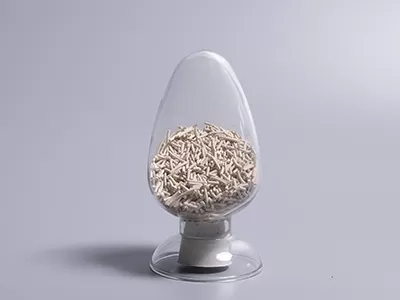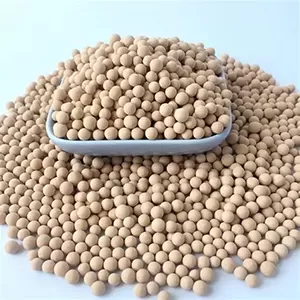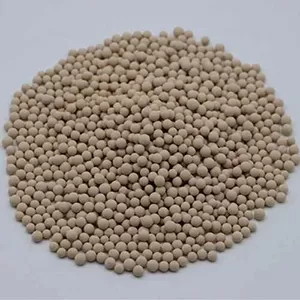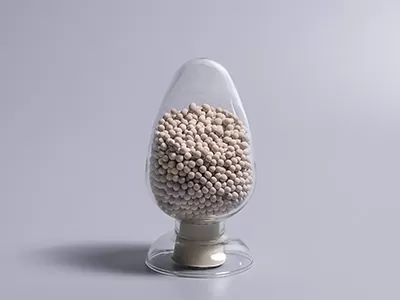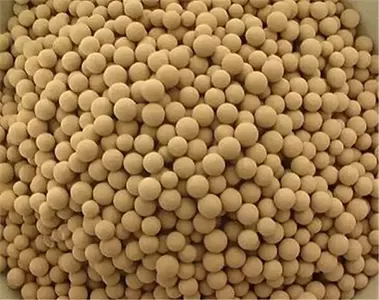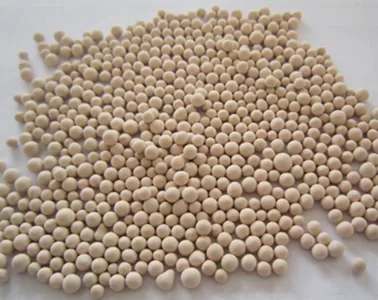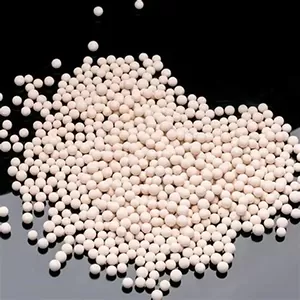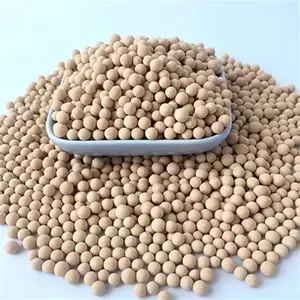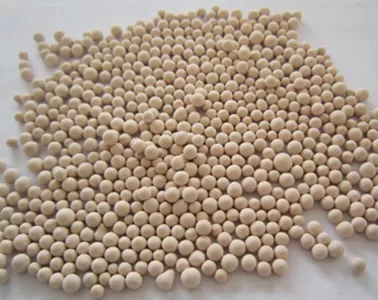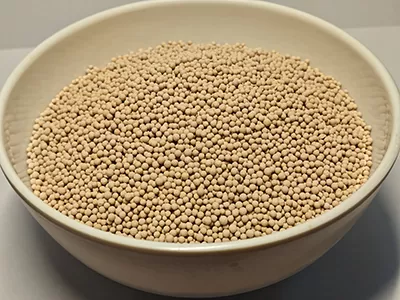Principle of Nitrogen Purification by Pressure Swing Adsorption with Carbon Mole
The principle of nitrogen purification by pressure swing adsorption (PSA) using carbon molecular sieve relies on selecti...
View detailsWhat Is the Difference Between Molecular Sieve and Activated Alumina?
Molecular sieve and activated alumina differ significantly in structure and function: molecular sieve features uniform, ...
View detailsMolecular Sieve Advantages and Disadvantages
Molecular sieve offers unique advantages like high selectivity and regenerability, but it also has limitations such as s...
View detailsWhat Is the Specific Surface Area of Molecular Sieve?
The specific surface area of molecular sieve varies by type, typically ranging from 500 to 1000 square meters per gram. ...
View detailsWhich Molecular Sieve Is Used for Nitrogen Generators?
The molecular sieve specifically used for nitrogen generators is primarily 13X molecular sieve, with 5A molecular sieve ...
View detailsWhat Is the Regeneration Temperature of Molecular Sieve?
The regeneration temperature of molecular sieve varies by type, but typically ranges from 200C to 350C, depending on the...
View detailsMolecular Sieve Adsorption Principle: How It Works
The adsorption principle of molecular sieve is based on its unique porous structure, which selectively traps molecules b...
View detailsHow Much Water Can 4A Molecular Sieve Absorb?
4A molecular sieve is renowned for its high water absorption capacity, a key trait in industrial drying applications. Th...
View detailsCan 13X Molecular Sieve Be Regenerated? Regeneration Process & Tips
13X molecular sieve is a highly effective adsorbent, and like many molecular sieves, it can be regenerated for repeated ...
View details3A Molecular Sieve: Functions and Applications in Industrial Drying
3A molecular sieve is a highly efficient adsorbent widely used in various industrial processes for its exceptional abili...
View details

